This style of electrical grounding clamps make good lathe dogs. All you need to do is add a short driver rod to fit against the chuck jaw.
One of those small adjustable Dremel chucks fitted to a length of tube with a spinner makes a neat little pin vise.
A small magnifying lens mounted to your prick punch will make marking out a bit easier. Use a bit of heavy copper wire as the mount to allow for fine tuning the focus.
A sawed-off toothbrush head held to the carriage with a magnet will keep the lead screw free of swarf.
A tea ball makes a great constrainer for cleaning small parts in solvent.
Fitting your fishtail gage with a tiny V-block will make holding it square to the workpiece much easier.
Liquid electrical "tape" applied to tweezer ends will make them tacky and prevent small parts going "sproing".
Soft, self-adhesive foam weather stripping applied at the edge of the workbench will make a forearm-friendly fence to prevent small parts rolling off.


 LinkBack URL
LinkBack URL About LinkBacks
About LinkBacks










 Reply With Quote
Reply With Quote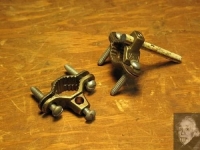
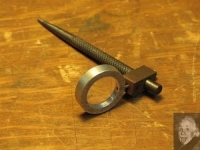
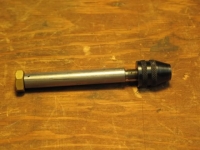
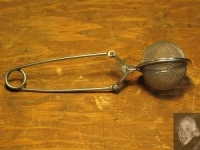
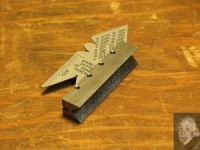
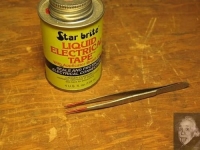
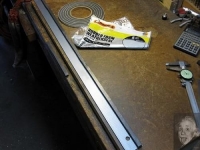



Bookmarks